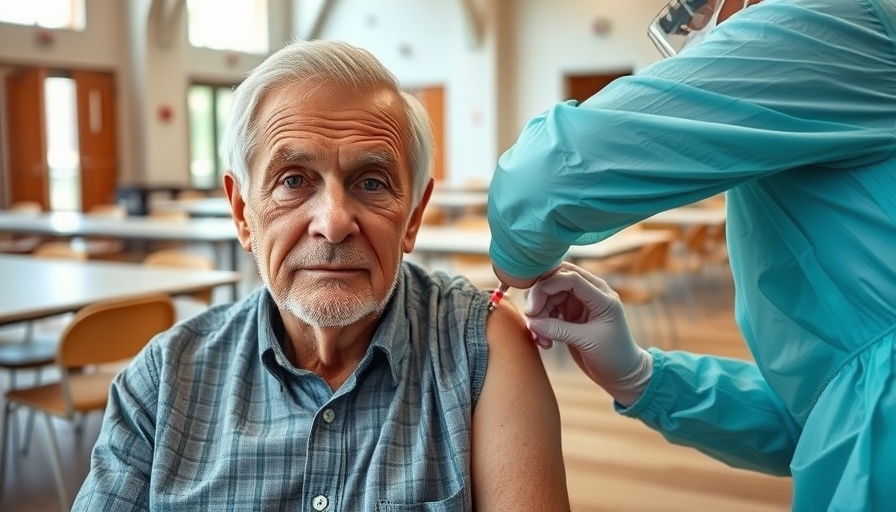
Robert F. Kennedy Jr.'s New Autism Initiative: What to Expect
In a bold announcement this week, U.S. Health Secretary Robert F. Kennedy Jr. unveiled plans for a comprehensive research initiative aimed at uncovering the cause of autism. This initiative, which he claims will be completed by September, comes in the wake of increasing public discourse around autism and its rising diagnosis rates.
During a televised Cabinet meeting, Kennedy shared his ambitious goals with President Donald Trump, who has previously expressed concerns over the potential links between childhood vaccines and autism—a theory widely discredited by scientific research. Despite decades of studies concluding that there is no causative link between vaccines and autism, Kennedy maintains that external factors must contribute to the developmental disability.
Historical Context: The Vaccine-Autism Myth
The notion that vaccines lead to autism gained traction from a now-retracted study published in 1998. This paper claimed to link the measles-mumps-rubella (MMR) vaccine with autism, sparking public fear and hesitancy. Although numerous studies have since debunked this claim, the persistence of such beliefs reflects deep-seated anxieties surrounding childhood vaccinations and health in general.
Current Diagnosis Trends and Concerns
Recent years have shown a significant rise in autism diagnoses, partially attributed to improved awareness and updated diagnostic criteria. Historically, autism was characterized by severe impairments, but definitions now encompass a broader spectrum of conditions. This shift in perspective has fueled discussions among parents, healthcare professionals, and policymakers about the nature and origins of autism.
Scientific Consensus: Genetic and Environmental Factors
Leading health organizations and researchers widely agree that genetic factors play a crucial role in autism development. The National Institutes of Health (NIH), which allocates over $300 million annually to autism research, highlights various potential risk factors, including prenatal exposures to environmental toxins and maternal health conditions. The existing hypothesis underscores the need for further understanding of the complex interaction between genetics and environment.
Reactions from Autism Advocacy Groups
Organizations such as Autism Speaks and the Autism Society of America have urged caution regarding Kennedy's approach. Kristyn Roth, a spokeswoman for the ASA, expressed concern that revisiting discredited theories could undermine years of scientific consensus and advocacy efforts. While research on autism prevalence and causes is indeed necessary, Roth emphasized the importance of addressing the issue with scientifically validated methodologies.
The Future of Autism Research: A Call for Rigor and Responsibility
As Kennedy’s initiative moves forward, the stakes are high for both public health and the scientific community. Critics argue that funding and attention must prioritize rigorous, peer-reviewed research rather than exploring avenues previously dismissed by experts. The future of autism research will depend on building trust with advocacy groups and ensuring that findings contribute positively to the understanding of autism without reviving harmful myths.
A Synthesis of Data and New Directions
Moving forward, Kennedy’s initiative could potentially reshape conversations around autism, provided it is conducted transparently. Engaging with established researchers and advocacy groups could lend credibility to the findings, steering public discourse towards constructive solutions rather than contentious debates. The real challenge lies not just in determining causative factors but also in how this information will inform public health policies and support systems.
Conclusion: Why This Research Matters Now
The dialogue surrounding autism and its causes is vital, and as Kennedy embarks on this significant research endeavor, the outcome may very well impact millions of families. It is crucial for the scientific community, policymakers, and advocacy organizations to work in unison to foster an environment where valid research thrives. Ultimately, understanding autism will better inform prevention, support, and resources needed for those affected and their families.
 Add Row
Add Row  Add
Add 




 Add Row
Add Row  Add
Add 

Write A Comment